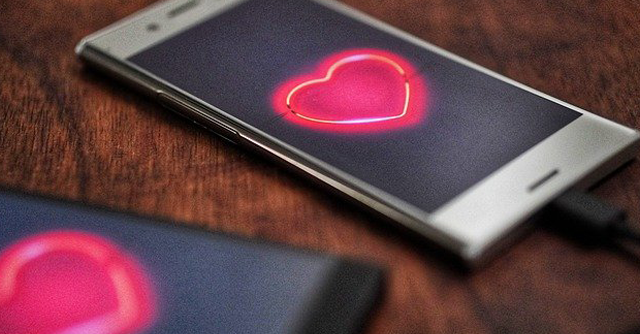
Dating apps witness rise in small-town users post-Covid


Dating apps in India are seeing a surge in users from tier-two and tier-three towns post covid with these making up 70% of total users for some of these online services. In cities like Ahmedabad, Surat, Lucknow, Jaipur, Chandigarh and Patna, dating apps are witnessing major traction. Along with an increase in the number of female users who are now vocal about their needs and desires, platforms like Tinder, Bumble, Aisle, TrulyMadly and others said virtual dates have emerged as a new phenomenon with nearly 72% of users saying it is possible to fall in love with someone they’ve met online and not in person.
“Covid has changed the way we live our lives. The distinction between our online and offline world is blurring. As a result, the time spent online is on the rise,” said Shalini Singh, founder of andwemet, a dating service for 25 plus single Indians that has seen its user base triple year-on-year in the past two years. There is more trust in online platforms post-covid as people have recognised and are willing to pay for the convenience that online channels bring, Singh said. People living in tier-one cities for work have moved or are thinking of moving back to their native cities and towns, she said, adding that dating apps are attracting users from the highest tax bracket even in small town India.
According to Tinder’s Future of Dating Report, conversations were 32% longer during the pandemic and the platform saw 11% more swipes and 42% more matches per Tinder member. Members also updated their bios more often to fuel conversation, with Gen Z updating their bios nearly three times as often as they did pre-pandemic and still twice as often as millennials. According to Tinder’s Year in Swipe 2021, video dates have turned into a first date staple for singletons with mentions of ‘video call’ in Tinder bios growing by 52% globally.

A significant number of Indians took to video dating on Tinder where Hyderabad reigned supreme as the chattiest video dating city, followed closely by Chennai and Bengaluru. Yet, young adults were also looking to make a connection with new people close to them for real life hangouts with ‘nearby’ and ‘close by’ both increasing by 20% in Tinder bios globally, showing that real world dating isn’t going out of fashion anytime soon.
“As we shift back to IRL (in real life) dating in 2022, the trends of last year are guiding the way India’s young adults navigate the world of dating, friends, connections and relationships,” said Papri Dev, senior director, APAC communications Lead, Tinder Inc. Snehil Khanor, co-founder and CEO, TrulyMadly, agreed that most first dates are still on video and if things work out, users plan an offline date.
Sybil Shiddel, country manager for Gleeden, a platform designed for extramarital relationships, said during the pandemic a large part of its user base found that virtual exchanges were often more than satisfying. “They were happy with having found companionship, and that their online exchanges allowed them to unwind, laugh, flirt and sext without putting them at risk. Time spent on the app has tripled,” Shiddel said.

“In 2022, when the ghost of the pandemic is no longer lingering above our heads with the same strength as previous years, Indian users still spend an average of 3.5 hours chatting,” Shiddel said. Before March 2020, most Gleeden users came from Delhi, Bengaluru, Kolkata, Mumbai, Ahmedabad, and Chennai. During 2020, 2021 and the first part of 2022, maximum traction was seen from Gurgaon (currently the platform’s number five city), Chandigarh, Kochi, Jaipur, Lucknow, Noida, Nagpur, Indore, Navi Mumbai, Burdwan, Howrah and Thane.
Agreeing that video calls are now a part of the screening process before an in-person first date, Able Joseph, founder and CEO of dating app Aisle said causal hookups may be on a slow decline. “Loneliness — coupled with a few years of uncertainty —has led to a certain sense of collective fatigue that’s developed in the Indian dating landscape. Singles are found moving away from the endless loop of swiping across dating platforms and are now looking for more substance in a relationship,” Joseph added.
Ravi Mittal, founder and CEO of dating service QuackQuack said that since majority of the new users are signing up from smaller towns and cities, with limited matches in their location, they are looking online for suitable partners across the country. QuackQuack has seen a 11% jump in female users and users are slow to exchange details and understand their matches better.

Samarpita Samaddar, India communications director at Bumble, said that the pandemic has made “more than half of us (62%)” realise that it’s actually okay to be alone for a while. “People are consciously making a decision to be single, with the majority of single people (54%) being more mindful and intentional in how and when they date,” she said.
A nationwide survey conducted in 2021 showed that after the second Covid wave in India, emotional connection (60%) and kindness (55%) top the charts as being most important to single Indians in dating, Samaddar said. “Social good in terms of volunteering, donating to social causes (48%) especially rank high in preferences for millennials in India,” she added.
